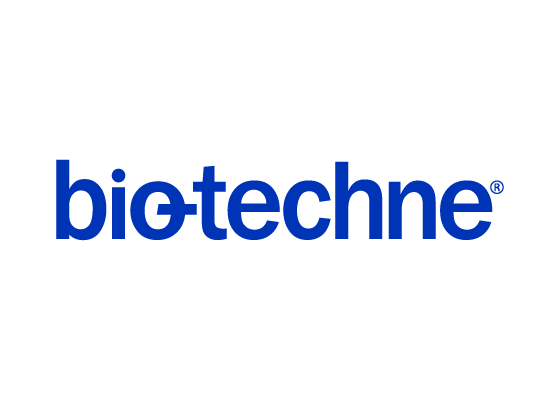Human 26S Proteasome Protein, CF
R&D Systems, part of Bio-Techne | Catalog # E-365


Key Product Details
Source
Conjugate
Applications
Product Specifications
Source
Purity
Predicted Molecular Mass
Activity
Formulation, Preparation and Storage
E-365
| Formulation | X mg/ml (X μM) in 20 mM HEPES pH 7.5, 20 mM NaCl, 2 mM Mg-ATP, 15% (v/v) Glycerol |
| Shipping | The product is shipped with dry ice or equivalent. Upon receipt, store it immediately at the temperature recommended below. |
| Stability & Storage | Use a manual defrost freezer and avoid repeated freeze-thaw cycles.
|
Background: 26S Proteasome
The 26S Proteasome is the major non-lysosomal protease in eukaryotic cells and is responsible for the degradation of ubiquitinated substrates and misfolded proteins. It is composed of two subcomplexes: the 20S Proteasome core particle and the 19S Proteasome regulatory particle. The 20S Proteasome facilitates proteolytic cleavage of protein substrates and is composed of 28 subunits arranged into four stacked rings (1,2). The outer rings of the 20S Proteasome are composed of seven related but non-identical, non-catalytic subunits, alpha1-7, that form a gate and restrict substrate access. The inner rings of the 20S Proteasome are composed of seven related but non-identical subunits, beta1-7. Beta1, 2, and 5 have proteyolytic activity. The 19S Proteasome caps one or both ends of the core particle and regulates substrate access to the catalytic core in an ATP-dependent manner by modulating 20S Proteasome conformation (3-5). The 19S Proteasome consists of a base subcomplex and a lid subcomplex. The base subcomplex is composed of six AAA+ family members, scaffolding proteins, and regulatory proteins involved in Ubiquitin recognition (2,6). The 19S Proteasome lid subcomplex contains eight subunits plus one deubiquitinating enzyme, Rpn11 (2,6). Small molecules that inhibit the activity of the 26S Proteasome are used to study the function of short-lived intracellular proteins and for the clinical treatment of certain forms of cancer (7). This highly purified 26S Proteasome preparation (from the transformed HEK cell line) can be used in vitro for the degradation of peptide substrates and poly-ubiquitinated proteins.
References
- Kim, H.M. et al. (2011) Biochim. Biophys. Acta 1809:67.
- Xie, Y. (2010) J. Mol. Cell Biol. 2:308.
- Adams, G.M. et al. (1998) Biochemistry 37:12927.
- Chu-Ping, M. et al. (1994) J. Biol. Chem. 269:3539.
- Kohler, A. et al. (2001) Mol. Cell 7:1143.
- Stadtmueller, B.M. & C.P. Hill (2011) Mol. Cell 41:8.
- Kisselev, A.F. et al. (2012) Chem. Biol. 19:99.
- Bajorek M. and Glickman M.H. (2004) Cell. Mol. Life Sci. 61: 1579-15882.
- DeMartino G.N. and Slaughter C.A. (1999) J. Biol. Chem. 274: 22123-221263.
- Driscoll J. and Goldberg A.L. (1990) J. Biol. Chem. 265: 4789-47924.
- Ferrell K., et al. (2000) Tren.Bioch.Sci 25: 83-885.
- Ganoth D., et al. (1988) J. Biol. Chem. 263: 12412-124196.
- Glickman M.H. and Maytal V. (2002). Curr. Top. Microbio. Immun. 268: 430727.
- Hartmann-Peterson R., et al. (2003) Tren.Bioch.Sci 28: 26-318.
- Kisselev A.F. and Goldberg A.L. (2005) Meth. Enz. 398: 364-3789.
- Voges D., et al. (1999) Ann. Rev. Biochem. 68: 1015-106810.
- Wang X., et al. (2007) Biochem. 46: 3553-356311.
- Waxman L., et al. (1987) J. Biol. Chem. 262: 2451-2457.
Additional 26S Proteasome Products
Product Documents for Human 26S Proteasome Protein, CF
Product Specific Notices for Human 26S Proteasome Protein, CF
For research use only